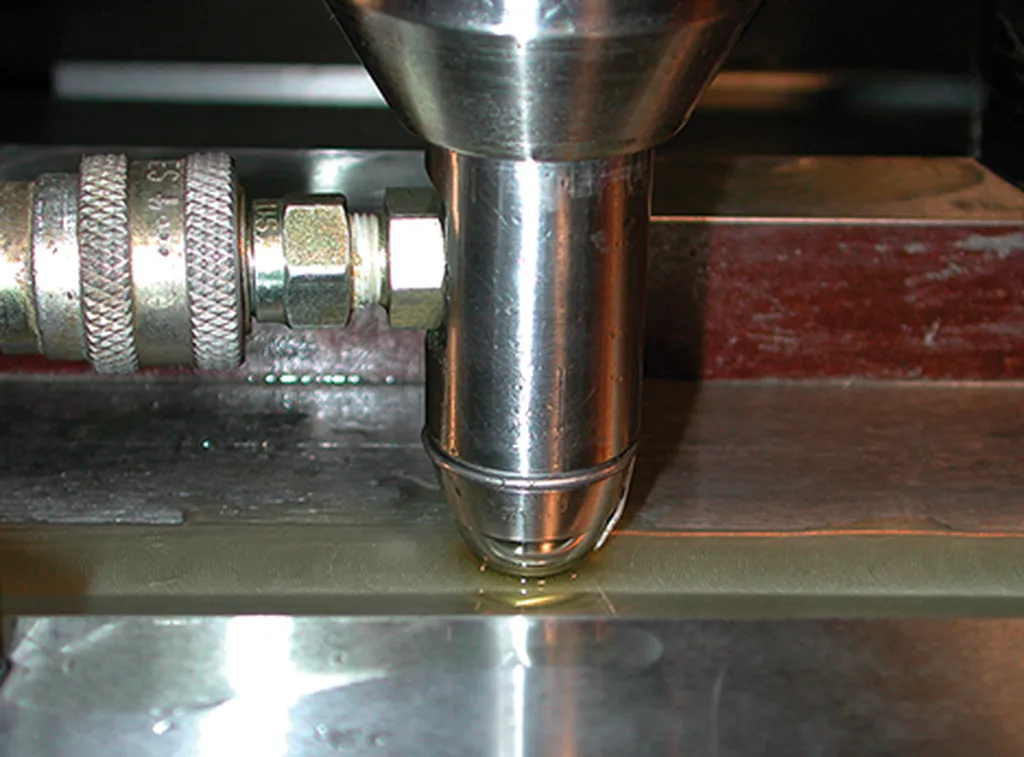In a groundbreaking development for the construction and energy sectors, researchers have successfully fabricated a large, crack-free superalloy specimen using laser powder bed fusion (LPBF), a type of 3D printing technology. The study, led by Xiangyu Li from the State Key Laboratory of Solidification Processing at Northwestern Polytechnical University in Xi’an, China, demonstrates a significant advancement in the control of crystal growth during additive manufacturing processes.
The team’s achievement lies in their ability to produce an IN738 alloy with a predominantly {001} <100> single-crystalline-like texture. This was accomplished by modulating the laser to create a uniform temperature gradient at the solid–liquid interface along the build direction. “By reducing the melt flow velocity and enhancing the stability of the melt pool, we were able to suppress the formation of stray grains,” Li explained. The researchers also employed interlayer orthogonal scanning to ensure that the lateral heat flow in the horizontal plane was parallel to the [100] and [010] crystal orientations, thereby suppressing high-angle grain boundaries.
The implications of this research are substantial for the energy sector, particularly in the production of components for gas turbines and other high-temperature applications. Single-crystal superalloys are highly sought after for their exceptional mechanical properties and resistance to creep and corrosion at elevated temperatures. However, traditional manufacturing methods for single-crystal components are complex and costly. The ability to produce large, single-crystal-like structures using LPBF could significantly reduce production costs and expand the range of possible applications.
“This breakthrough opens up new possibilities for the design and manufacture of high-performance components for the energy sector,” Li said. “The ability to control the crystal growth during the LPBF process could lead to the development of more efficient and reliable turbines, which in turn could contribute to a more sustainable energy future.”
The study, published in the journal *Materials Research Letters* (translated from Chinese as “Materials Research Letters”), represents a significant step forward in the field of additive manufacturing. As the technology continues to evolve, it is likely that we will see an increasing number of applications in industries where high-performance materials are required. The research conducted by Li and his team is a testament to the power of innovation and the potential of additive manufacturing to revolutionize the way we design and manufacture complex components.

